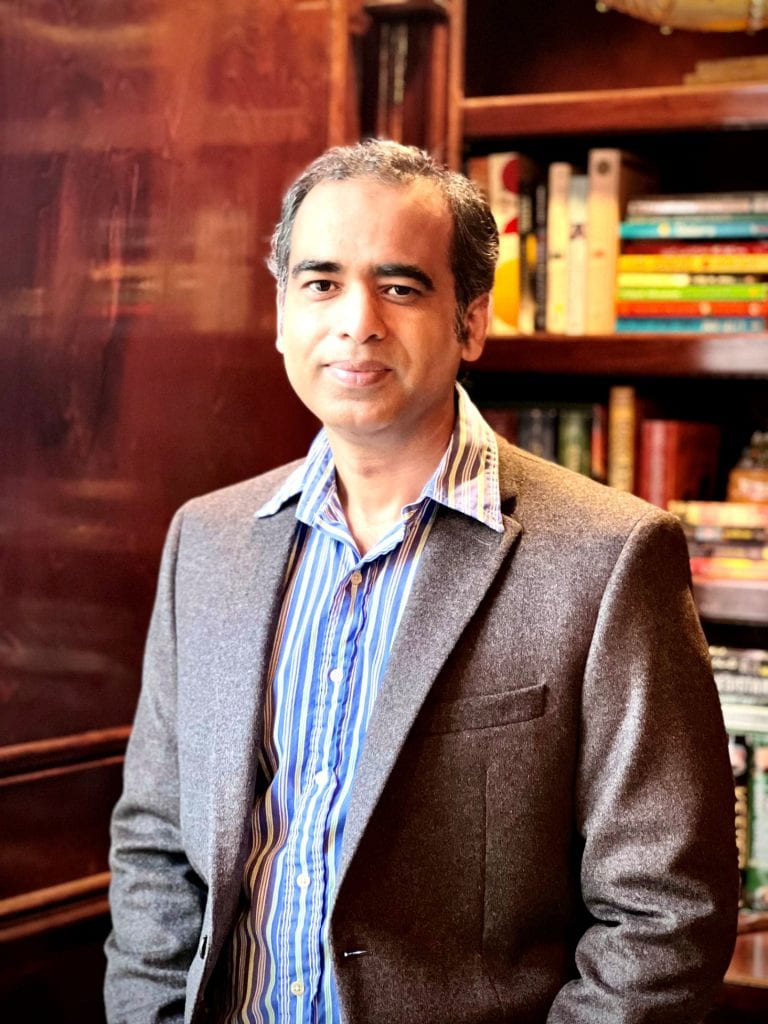
- This event has passed.
NRC+CRAFT Speaker – Invited Academic Seminar Series – Ankur Singh – Lymphoid Organoids and Multiscale Technologies for Untangling Immunity in Infectious Diseases and Cancers (Hybrid Delivery)

Speaker
Ankur Singh
Woodruff Faculty Fellow and Associate Professor
George W. Woodruff School of Mechanical Engineering
Wallace H. Coulter Department of Biomedical Engineering at Georgia Tech and Emory University School of Medicine
Abstract
For many life-threatening global infectious diseases, effective vaccinations are still lacking. There are numerous challenges in understanding disease transmission, and pathology, and developing new vaccines, including a limited understanding of immune correlates of protection, identification of viable vaccine candidates, and off-target effects that must be evaluated in staged clinical trials. To generate these antibodies, B cells are activated by T cells to form germinal centers, which are sub-anatomical structures in the B cell follicles of lymph nodes. In germinal centers, B cells rapidly proliferate and mutate to form somatically mutated high-affinity antibody-secreting cells. In this talk, I will discuss my laboratory’s effort in developing murine and human ex vivo immune organoids using cells from individuals to generate antibody-secreting cells in a dish or as organ-on-chip against viral infections and antibiotic-resistant bacteria. I will subsequently describe designer bio-adhesive hydrogels and lymphatic-mimicking technologies for understanding the role of the lymphoid microenvironment in genetically diverse lymphomas and potential causes of drug resistance.
Bio: Ankur Singh is a Woodruff Faculty Fellow and an Associate Professor with a joint appointment in George W. Woodruff School of Mechanical Engineering at Georgia Institute of Technology and Wallace H. Coulter Department of Biomedical Engineering at Georgia Tech and Emory University. Before Georgia Tech, he was a tenured Associate Professor at Cornell University. His laboratory develops immune organoids and enabling technologies to understand healthy and diseased immune cells and translate therapeutics. He has received funding from the National Institute of Health, National Science Foundation, Wellcome Leap HOPE, Department of Defense, Defense Threat Reduction Agency, the Curci Foundation, and Lymphoma and Leukemia Society. He has published >65 articles in peer-reviewed journals, including Nature Methods, Nature Materials, Nature Nanotechnology, Nature Immunology, Nature Communications, Nature Reviews Materials, Nature Protocols, Science Advances, Cell Reports, PNAS, Blood, and Advanced Materials. He has written multiple editorials for Science Translational Medicine. He is a recipient of the NSF CAREER, Society for Biomaterials Young Investigator Award, CMBE Young Innovator Award, CMBE Rising Star Award, 3M Faculty Award, DoD Career award, Cornell’s Teaching Excellence Award, and Cornell’s Research Excellence Award. His immune organoids were identified among the Top 100 Discoveries of 2015 by Discover Magazine. He is the Founder and past Chair of the Immune Engineering SIG at the Society for Biomaterials and Controlled Release Society. He currently serves as the Associate Editor for Science Advances, Biomaterials, and Cellular and Molecular Bioengineering.
Host
Milica Radisic